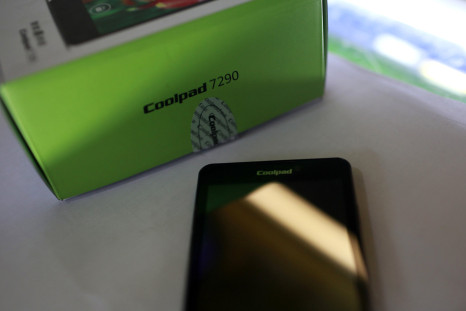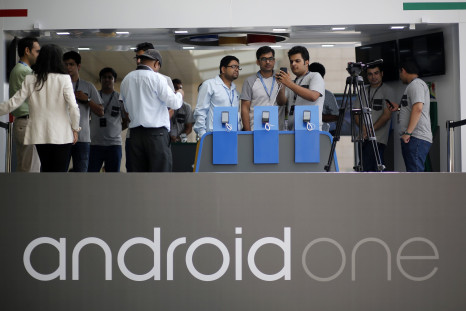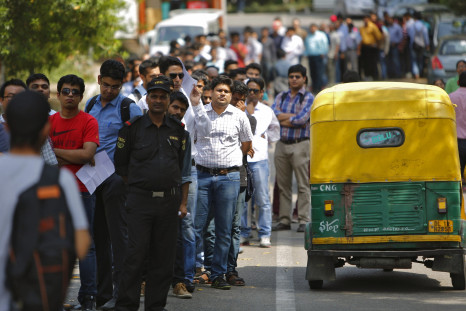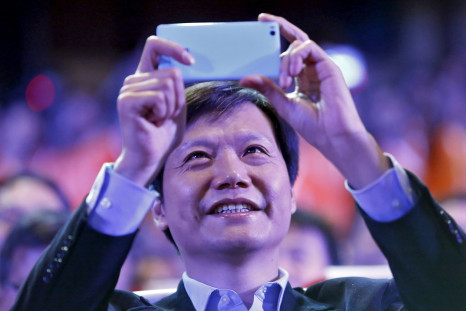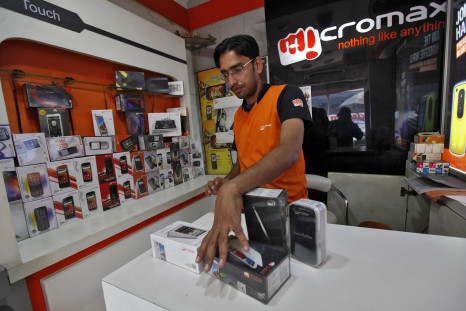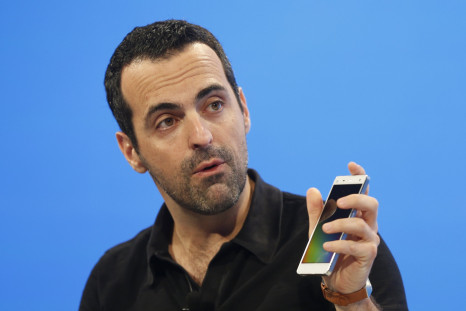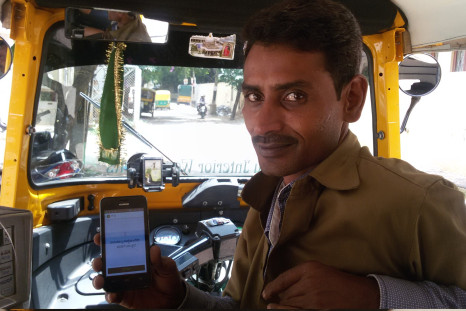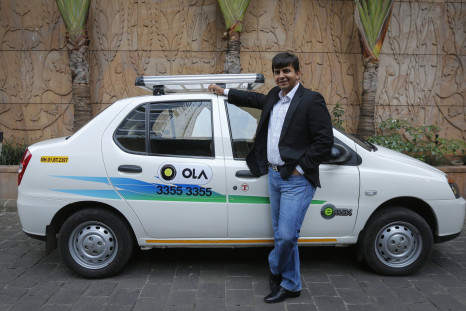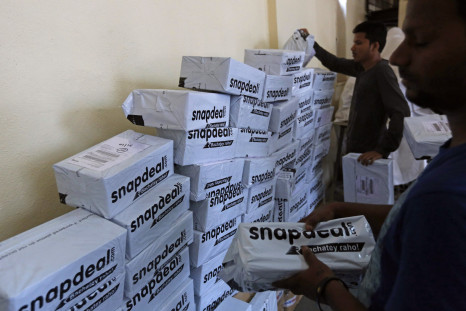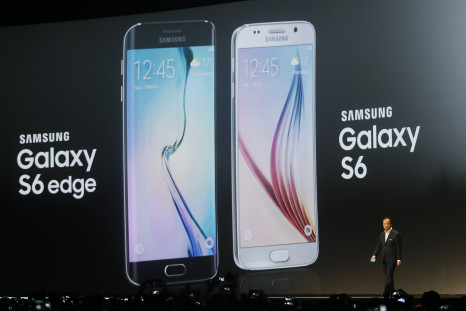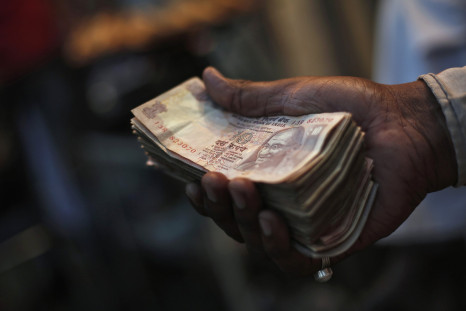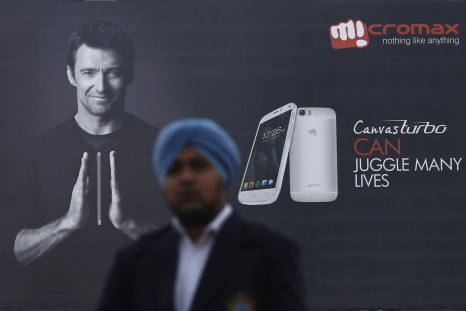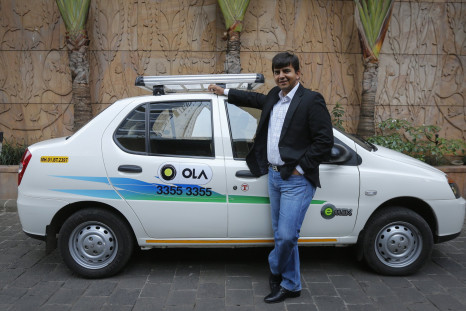Xiaomi's success in India is driving domestic Chinese rivals to plan their own entries into the subcontinent, the world's No. 3 mobile market.
Because of marketing missteps and tough competition, Google's $105 smartphone has failed to catch on in the world's No. 3 mobile market.
Apple's strategy of finding ways to make its premium phones more affordable in India, rather than making a new cheap phone, is beginning to pay off.
The company's expertise in image-sensor technology is expected to help it return to profitability after several years.
Diversification and a renewed design element, seen in the S6 models, are helping the Korean giant manage a turnaround.
Growth of mobile phone sales in India, forecast at 5 percent for 2015, belies the cannibalization of feature phones by entry-level smartphones
Chinese smartphone maker Xiaomi is in a race to match Apple Inc. and Samsung Electronics feature to feature with each new release
India is evolving into the next big market for mobile Internet services, with Chinese smartphone and Internet companies expanding into the country.
Xiaomi has nearly perfected offering feature-rich products at prices very close to cost to capture value-conscious consumers — including millions of people in India.
The $200 Mi 4i beats every other Android phone in India, for the price.
A young work force in India has less time to relax at home, but plenty of money for a cappuccino at the McDonald's McCafe counter.
The Chinese smartphone-maker is looking to capitalize on its first global launch of a phone outside China to boost its brand in India.
"It's one more step towards connecting the whole world,” Facebook founder Mark Zuckerberg wrote in an online post.
U.S. heavyweights take opposing views on how the Internet should evolve in one of the world's fastest-growing, but most impoverished, tech markets.
Smartphone proliferation in India is drawing investors into ride-hailing startups, a market seen by Uber as its largest after the U.S.
Ride-hailing service Ola Cabs and other newcomers are using tech to overcome language barriers on the subcontinent.
Six years after B Ramalinga Raju admitted to fudging books for years at the company he founded, an Indian court has sent him to jail.
The Chinese smartphone maker said it is moving closer to its goal of selling 100 million units in 2015.
Ola Cabs is guzzling cash as it expands its driver network and adds services to fend off challengers on the subcontinent.
Smartphone penetration in India is helping online shopping companies to connect small towns with small businesses in an unprecedented manner.
At a time that software is taking over as the major differentiator among Android phones, Samsung's S6 has given the company a hardware edge
China's smartphone makers are scrambling to get the local edge over each other in India, the world's third-largest smartphone market.
The country's wireless carriers are expected to roll out a host of new services, but prices for the average consumer could increase sharply.
Demand for smartphones and better data services in emerging markets is driving sales at companies such as China's Huawei Technology.
India's online retail startups are raking in the money while the going is good, as investors want in on one of two players who've achieved scale.
Mobile payments haven't really taken off in India, but that is changing slowly, attracting investors such as Alibaba.
India has 950 million wireless subscribers but only 150 million smartphone owners, making the country an attractive market.
After some big exits, more investment in a maturing Indian startup economy.
Asian markets are growing in importance for America's biggest Internet companies, including Facebook and Twitter.
Authorities in the Indian state of Delhi are reportedly seeking the federal government's help to enforce a ban on Uber and local rival Ola.
Editor's pick



